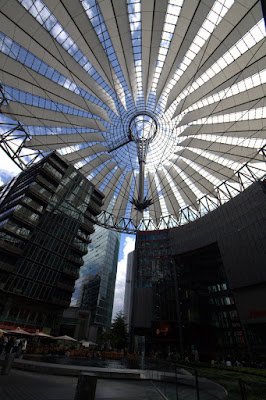Other current issues include:
Chinese workers don't spend enough money and China won't let its currency fluctuate. Thus, its kind of a black hole for world currency that everyone keeps feeding. Recently the Chinese government announced it would begin letting their currency float but... only time will tell.
Not entirely dissimilar, Germany is pissed at the rest of the world but mostly the US even though - and listen closely - Europe is just as complicit in the world financial crisis as America is.
They are an export economy much like China, which isn't necessarily bad but it fueled Spain and Greece's ability to consume in much the same way that a bar tender continues to serve drinks to a clearly inebriated person. Europe's housing bubble was as big if not bigger than the US's.Wolfgang Franz, who heads the German government’s economic advisory panel known as the Wise Men, tore into Krugman — and the US — in an op-ed in the German business daily Wednesday, titled “How about some facts, Mr. Krugman?”
“Where did the financial crisis begin? Which central bank conducted monetary policy that was too loose? Which country went down the wrong path of social policy by encouraging low income households to take on mortgage loans that they can never pay back? Who in the year 2000 weakened regulations limiting investment bank leverage ratios, let Lehman Brothers collapse in 2008 and thereby tipped world financial markets into chaos?” he wrote.
And during it all there are a large number of people calling for "tough measures" to right the economy. You know: smaller government, less spending, higher rates, etc. which sounds logical given the circumstances. Except for the fact that all of that is what will plunge us only further into ruin. It takes a bit of counter intuitive logic to arrive at, but contractionary or "belt-tightening" policies are not the right way to go right now - they just sound good as "tough times call for tough measures." Yes they do - running large deficits to stimulate the economy in the short run to ensure long term gains takes courage.
Krugman thinks that a lot of people are focusing too much on the long term and not enough on the short. Or as Keynes said:
"The long run is a misleading guide to current affairs. In the long run we are all dead. Economists set themselves too easy, too useless a task if in tempestuous seasons they can only tell us that when the storm is past the ocean is flat again."




























